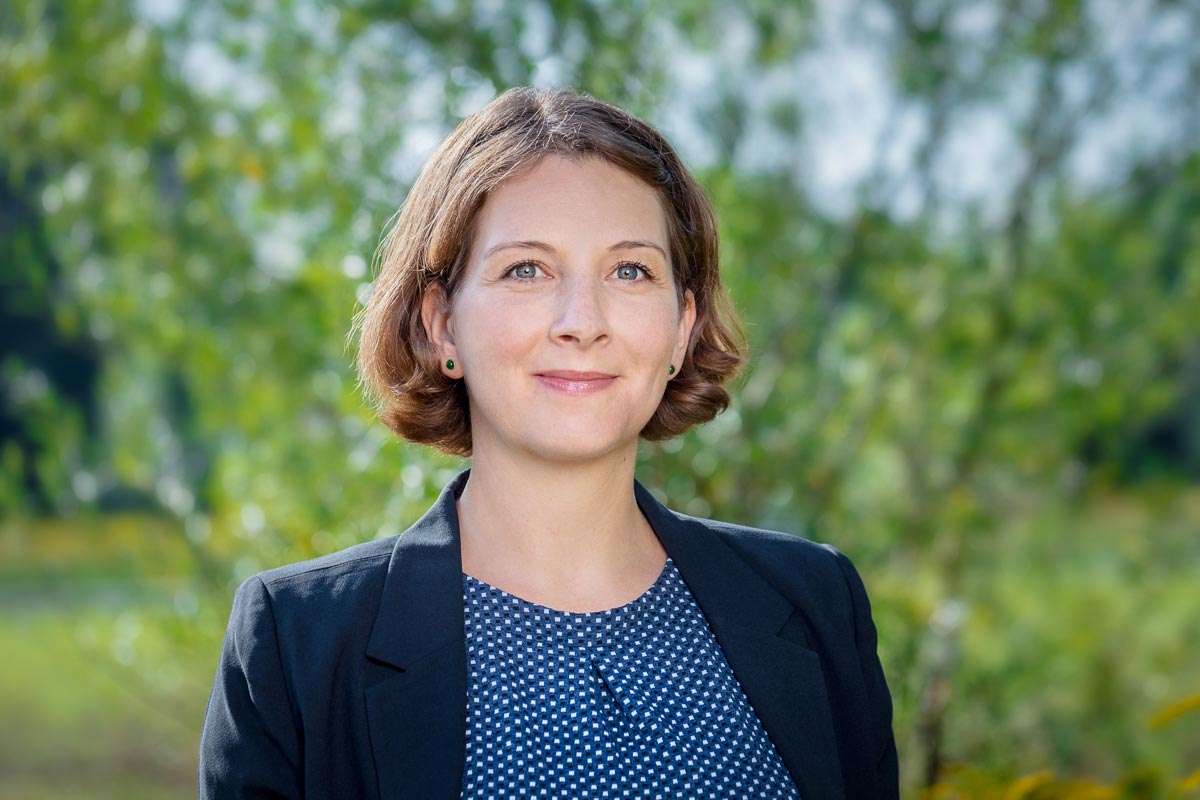
3 Questions to QMEDIS – “We are working on the 2D printing of drugs”
Starting in January 2022, new companies and research groups will move into the newly built H-LAB in the Potsdam Science Park. Among them will be QMEDIS Analytics, a contract lab where drugs are not only analysed but also produced. In our interview, Dr. Dennis Stracke explains how the lab works and how drug printers could revolutionise the industry.
Dr. Stracke, there are already many contract laboratories. What made you decide to set up your own company anyway?
For more than ten years now, I have been leading the MediosApotheke at the Charité hospital as Head of the Neurology and Hospital Care Department. During this time, my team and I have specialised in caring for patients with neurological or rare illnesses. Additionally, we are focussed on developing new prescription drugs, to avoid supply gaps. In 2020, for example, there were supply bottlenecks for a drug for blood clotting disorders. We procured the active ingredient, developed a drug in the pharmacy laboratory and were thus able to continue supplying patients. We achieved a similar feat with a drug for ALS patients. ALS is a nerve disease and is best known through the world-famous astrophysicist Stephen Hawking, who suffered from it. When the disease is advanced, patients have the burden of not being able to drain their saliva. We have developed a spray to curb saliva production. These successes gave us the necessary confidence to ask ourselves: Why don’t we professionalize even further? Over the holidays, we made the decision to go down this path and focus on analysing and developing drugs. Thus, besides my job at MediosApotheke, I am happy to now also tackle new challenges as the CEO of QMEDIS Analytics.
What potential for innovation do you see in QMEDIS Analytics?
On the one hand, we work with state-of-the-art analysis equipment – for example, a high-performance liquid chromatograph. This is a device as big as a stereo system, that allows one to separates and identifies substances and indicates the respective concentrations of active ingredient solutions. Additionally, we offer a wide range of analytical services, including spectroscopy and active substance analysis. However, I see our great innovation potential in the drug production. Here, for example, we are working on the 2D printing of drugs. “Essentially, one can imagine 2D-printed drugs as something akin to edible paper. To take it, you put it below your tongue or on the inside of your cheek. This special form of drug has the advantage that we can produce it individually for specific patients – just like capsules. Further, it is a lot easier to take in, which is advantageous for patients with swallowing difficulties and children. Also, we’re working on drugs made from cannabis that can relieve pain.
Why did you choose Potsdam Science Park as the main location for the lab in the Berlin-Brandenburg metropolitan region?
As a lab for analysis and development, we need a certain amount of space to make sure that our team can work as excellently as it should. The company that builds our lab introduced us to the newly built H-LAB in the Potsdam Science Park, and we were immediately impressed. There were several reasons for this. First, the environment is really exceptional. With the Fraunhofer and Max Planck Institutes, we have world-class research facilities on site. Secondly, the Potsdam Science Park has good traffic connections, making it easy to reach for our colleagues from Berlin. Finally, the future perspectives were also crucial. As we can see, an incredible amount of progress will happen in the next few years. Other companies will settle here, very likely also from the pharmaceutical sector. This is of course enormously attractive for us, in regard to future orders and cooperations. So, we have found the perfect location for us in the H-LAB and will move into our new laboratory in January 2022.
Dr. Stracke, thank you for the interview.
Contact

Julia Hinz
Site marketing
julia.hinz@potsdam-sciencepark.de + 49 331 237 351 109